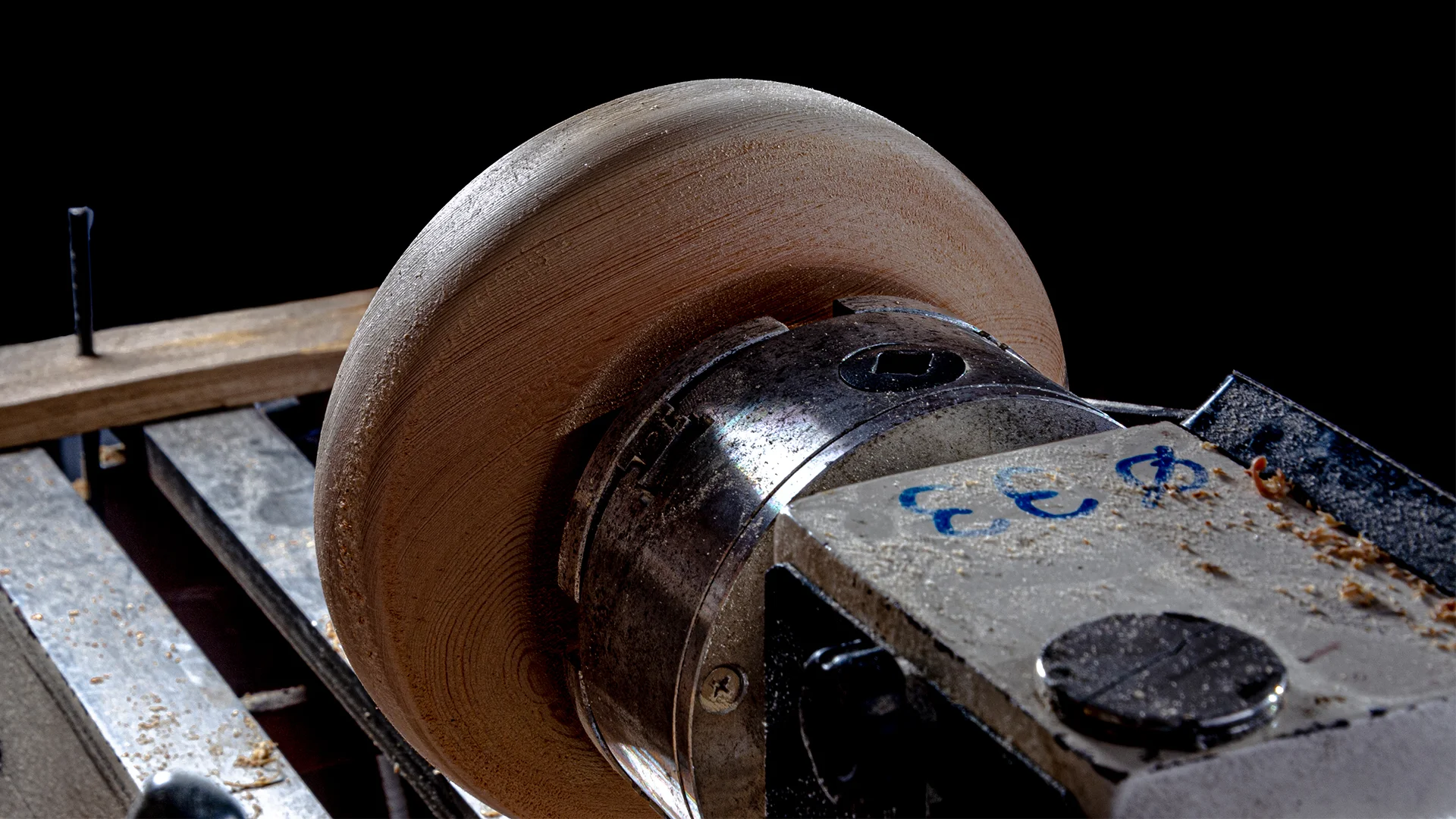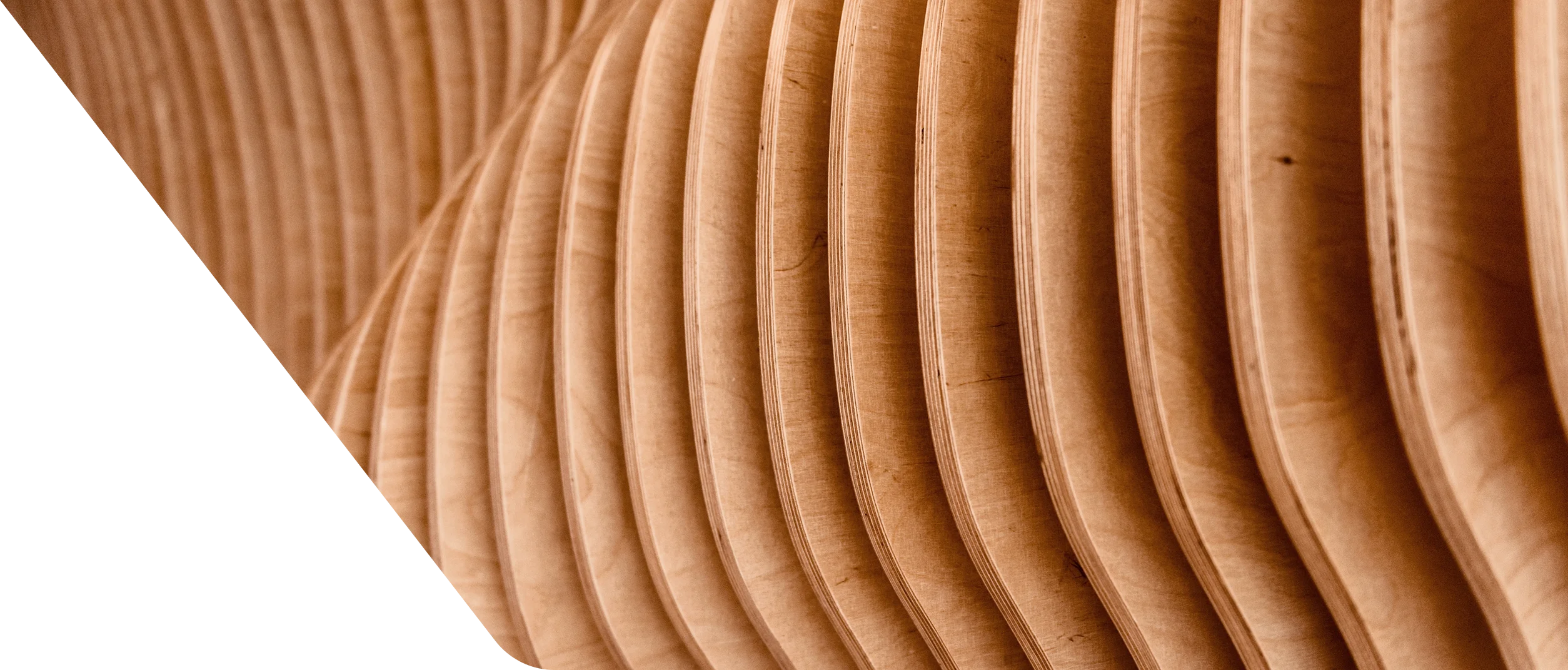
Our Blog
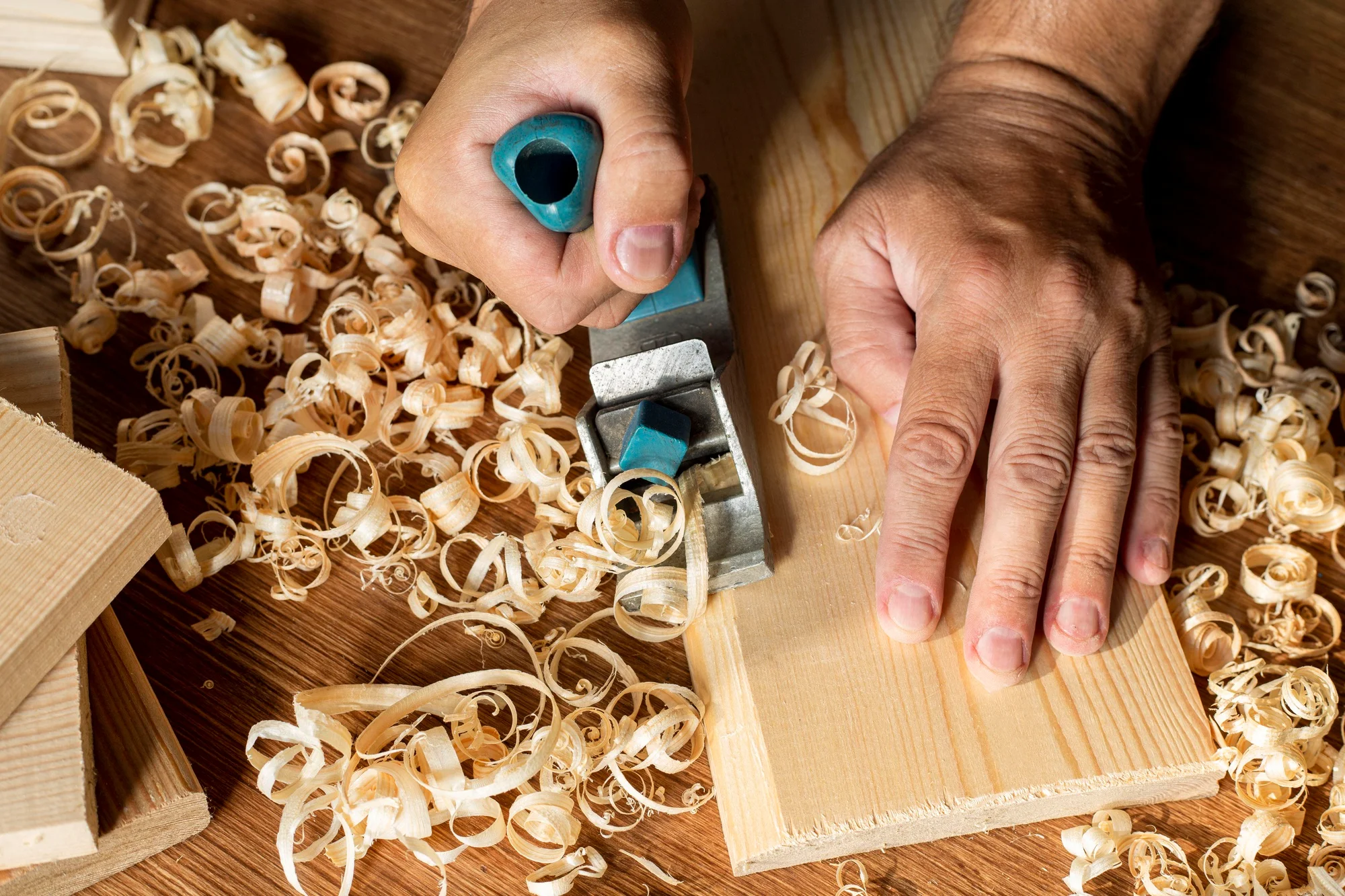
Green Woodworking 101: A Beginner’s Guide to Crafting with Unseasoned Wood
What Is Green Woodworking?
Let’s start with the basics—what is green woodworking? Simply put, green woodworking is the craft of building with freshly cut, unseasoned wood. Unlike kiln-dried or air-dried lumber, green wood still contains its natural moisture, making it softer, easier to shape, and ideal for hand-tool work.
Green woodworking isn’t a new trend. It’s actually one of the oldest forms of woodworking, dating back centuries. Before mills, kilns, and high-powered tools existed, makers used green wood to create chairs, spoons, bowls, and even entire structures.
In today’s world, it’s making a comeback—thanks to its sustainability, ease of use, and the rewarding experience it offers to beginners and seasoned woodworkers alike.
Why Try Green Woodworking?
Benefits Compared to Traditional Woodworking
So, why should you try green woodworking compared to traditional woodworking with dry lumber?
Benefits of Green Woodworking
- Easier to Work With – Green wood is softer and cuts like butter, reducing the need for power tools.
- More Sustainable – No need for energy-hungry kilns or long drying processes.
- Less Dust, More Shavings – Green woodworking produces curly shavings instead of hazardous fine dust.
- Affordable Materials – You can often source green wood from freshly felled trees or local arborists.
- Stronger Joints – As green wood dries and shrinks, joints tighten naturally, adding strength without glue.
That’s a win-win for your wallet, your lungs, and the planet.
What Tools Are Needed for Green Woodworking?
You don’t need a fancy workshop or expensive equipment to get started. Here’s what tools are needed for green woodworking:
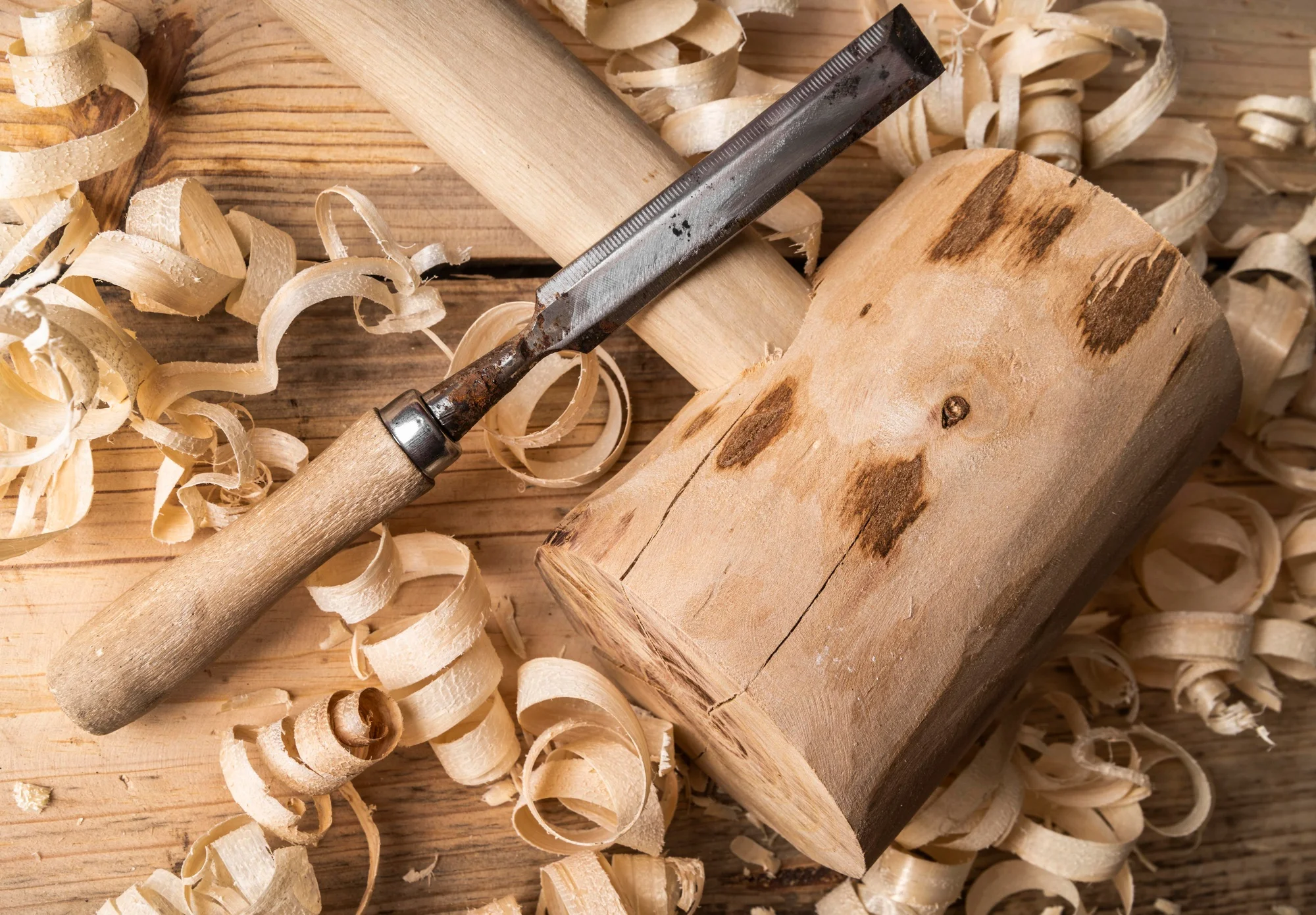
Essential Green Woodworking Tools
- Froe – For splitting logs along the grain.
- Mallet – Used to drive the froe through the wood.
- Drawknife – Perfect for shaving and shaping.
- Spokeshave – Great for fine-tuning curves and smoothing surfaces.
- Carving Knife – A must-have for spoons, bowls, and detailed work.
- Adze or Axe – For rough shaping larger pieces.
- Workhorse or Shaving Horse – Holds your work while you shave and shape.
- Bench or Sawhorse – Basic support for larger projects.
Bonus: No dust collection system needed!
Types of Wood Suitable for Green Woodworking
Wondering what types of wood are suitable for green woodworking? Here are some popular choices:
Best Woods for Green Woodworking
- Ash – Strong yet flexible, perfect for furniture.
- Cherry – Smooth and easy to carve.
- Maple – Great for utensils and bowls.
- Willow – Soft and ideal for beginners.
- Birch – Versatile and easy to source.
- Oak – Durable but heavier to work with.
Stick to locally sourced hardwoods whenever possible—they’re cost-effective and environmentally friendly.
Green Woodworking vs. Kiln-Dried Woodworking
It’s easy to confuse green woodworking with traditional woodworking. Here’s how they stack up:
| Feature | Green Woodworking | Kiln-Dried Woodworking |
|---|---|---|
| Moisture Content | High (freshly cut) | Low (dried in kilns) |
| Ease of Shaping | Easier, softer | Harder, requires more force |
| Tool Use | Hand tools preferred | Power tools often required |
| Dust Level | Minimal shavings | High dust production |
| Material Cost | Lower (fresh wood) | Higher (processed wood) |
| Joint Strength | Tightens as it dries | Relies on adhesives |
Both methods have their place, but green woodworking offers a more approachable, hands-on experience—especially for beginners.
Common Mistakes in Green Woodworking and How to Avoid Them
Starting with green wood isn’t foolproof. Here are some common mistakes in green woodworking and how to avoid them:
Recent Post
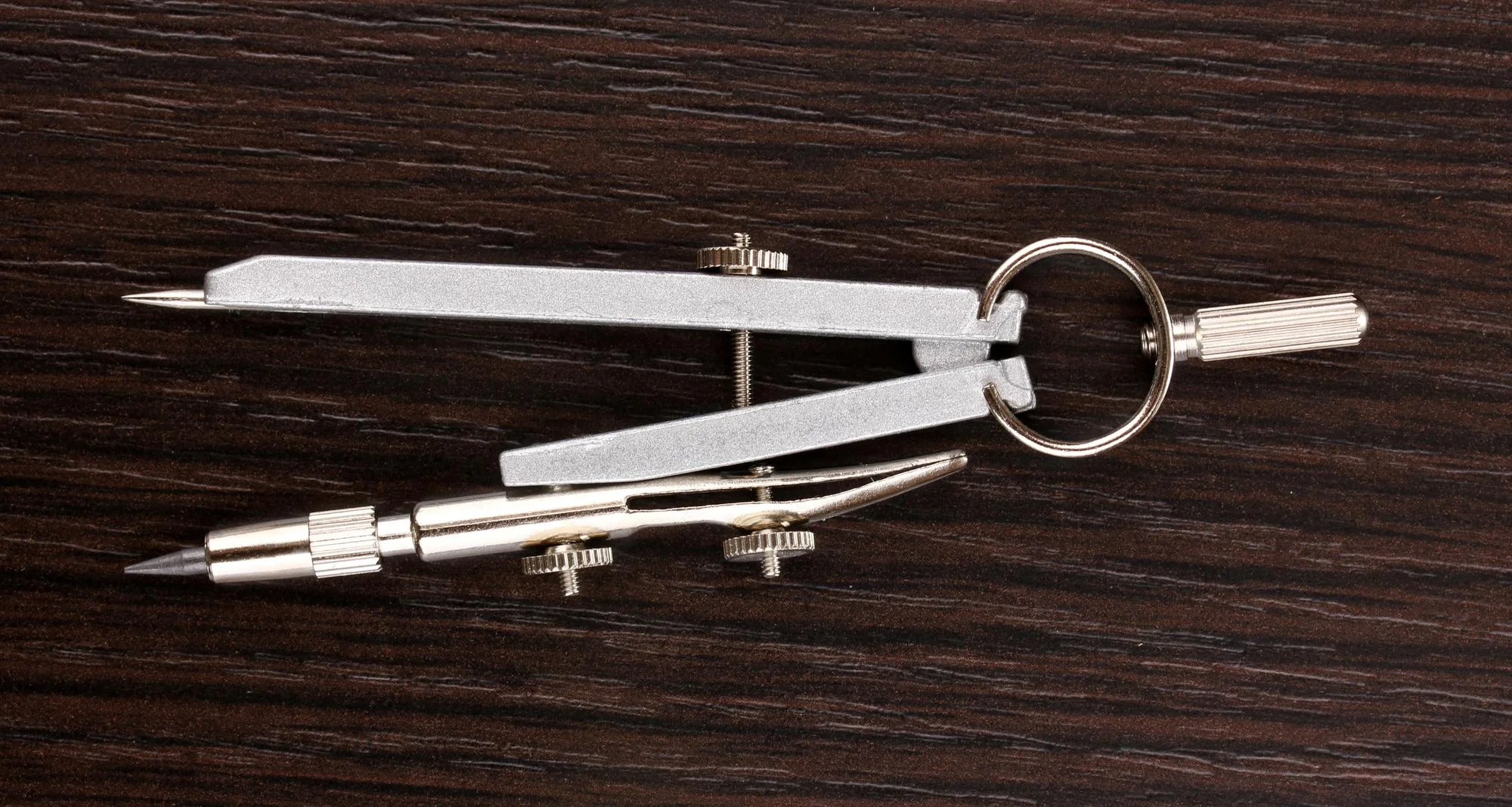
How to Choose the Best Woodworking Compass: Expert Tips and Tricks
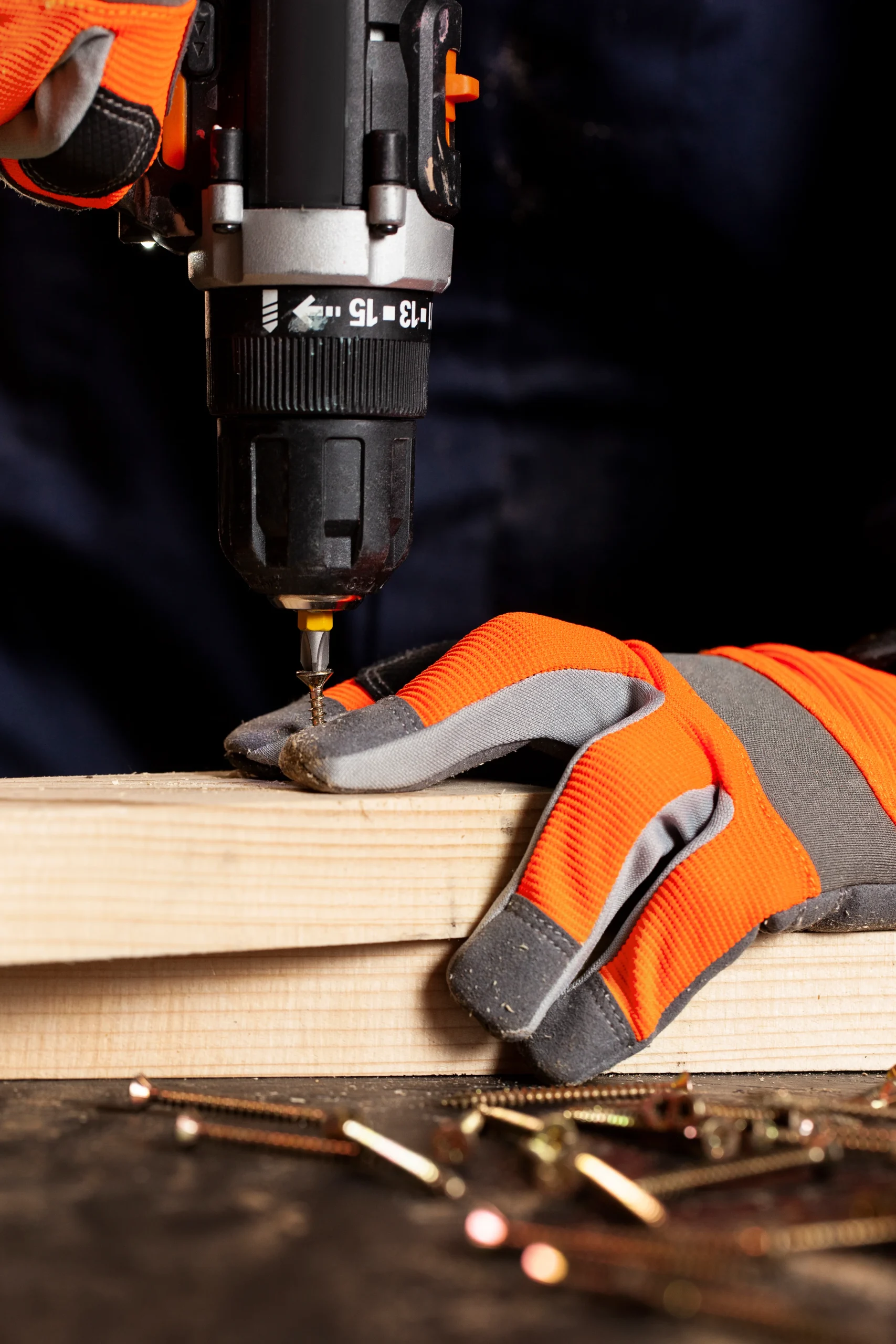
Screw Gun vs Drill: What Every Woodworker Needs to Know
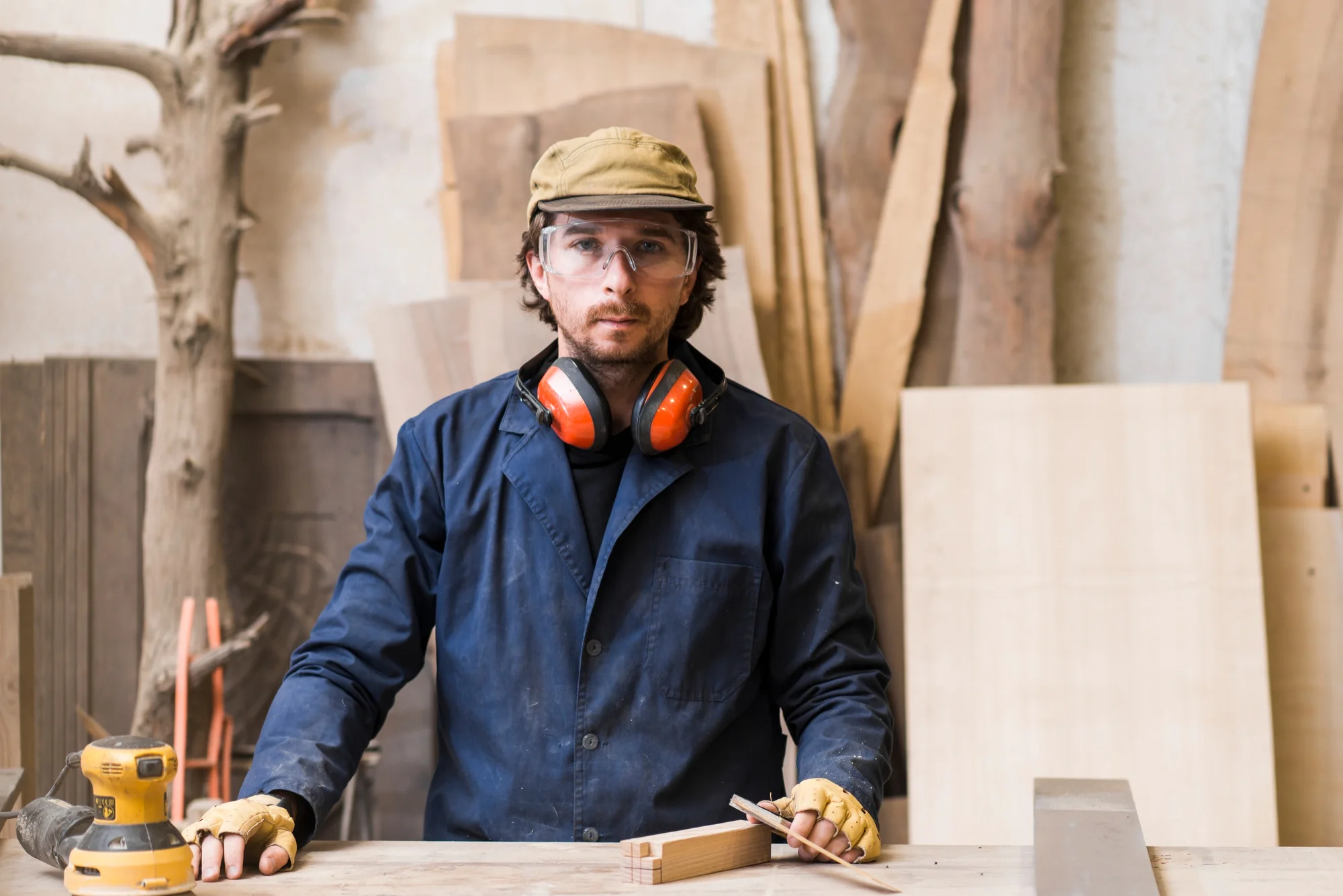
Woodworking PPE Checklist: Are You Fully Protected?

Green Woodworking 101: A Beginner’s Guide to Crafting with Unseasoned Wood
